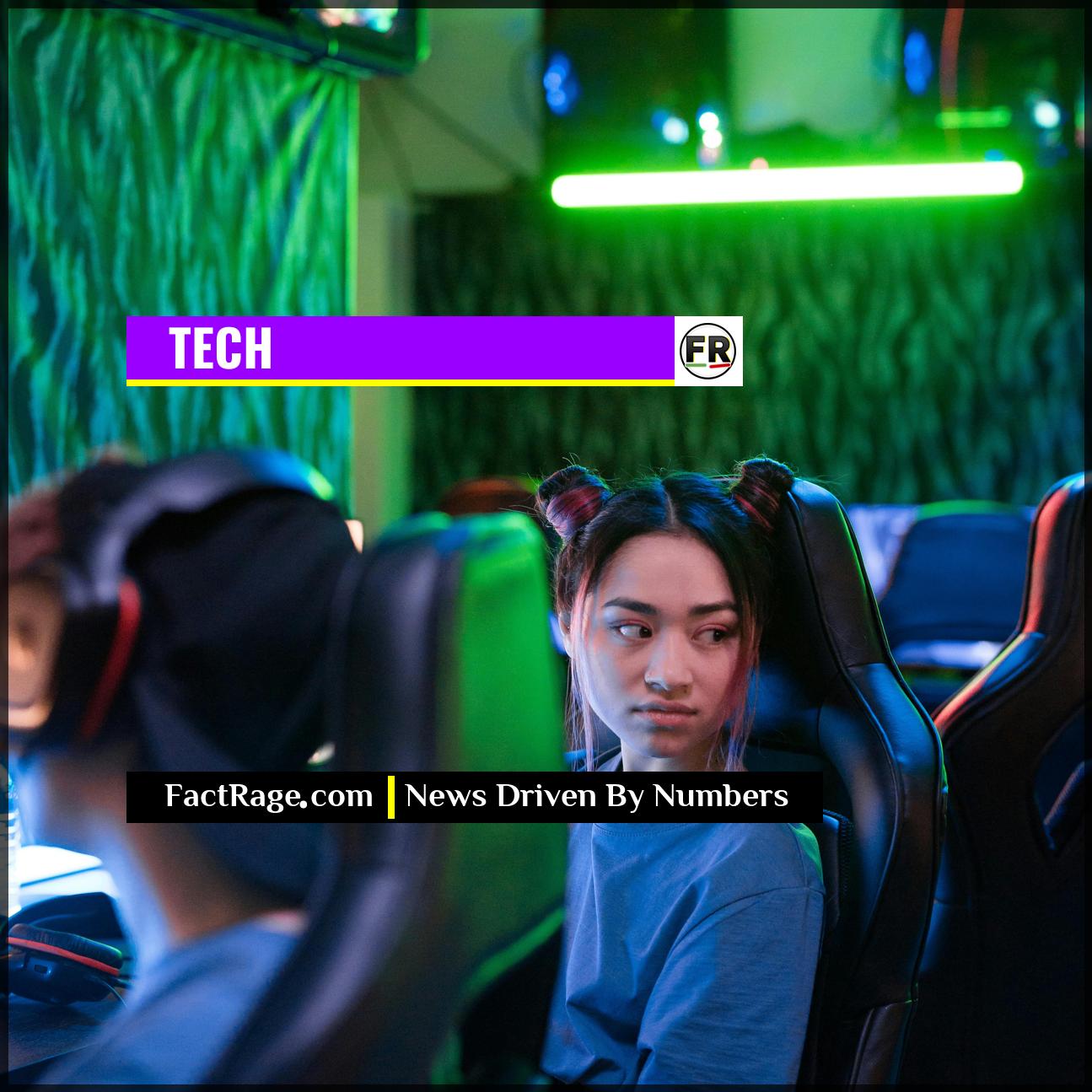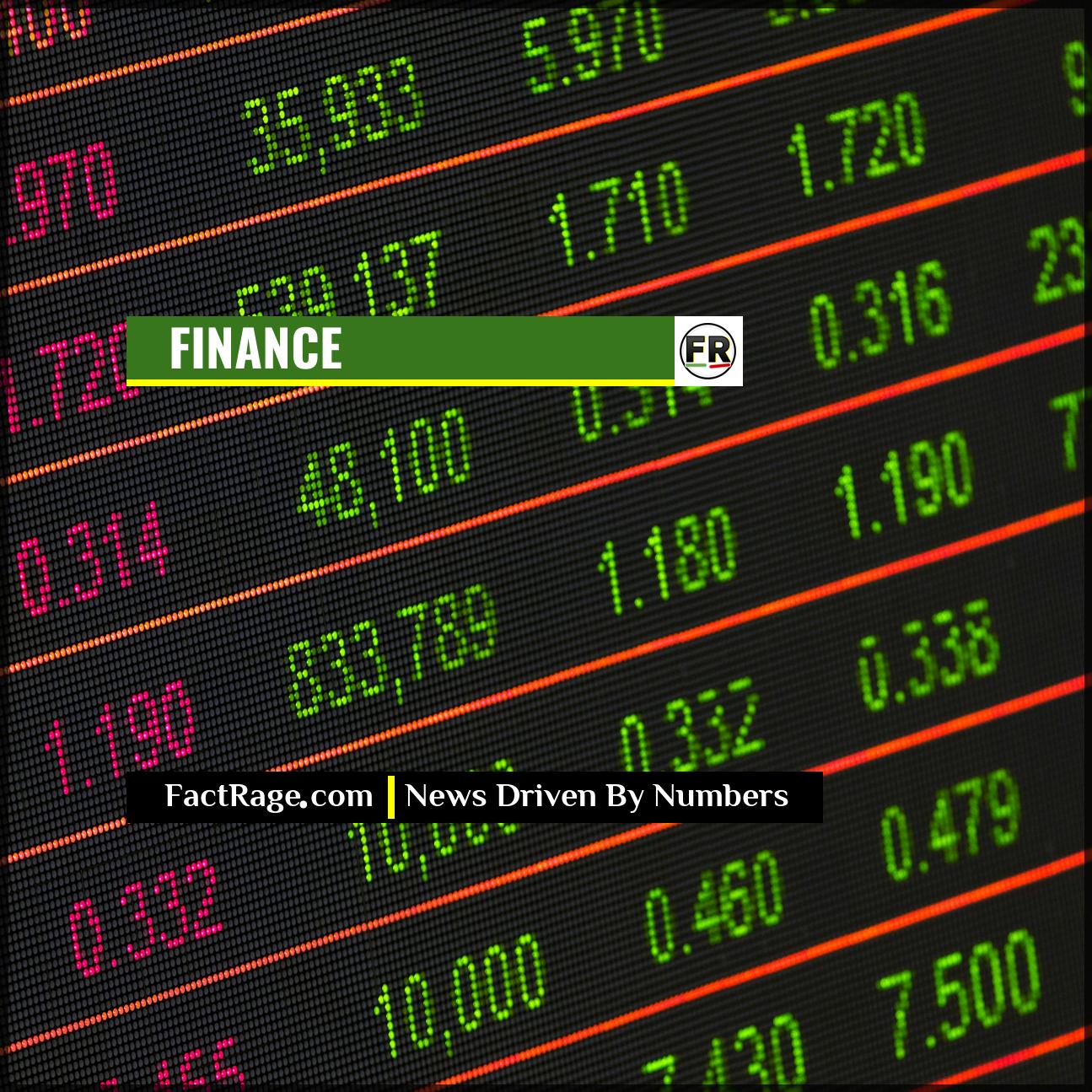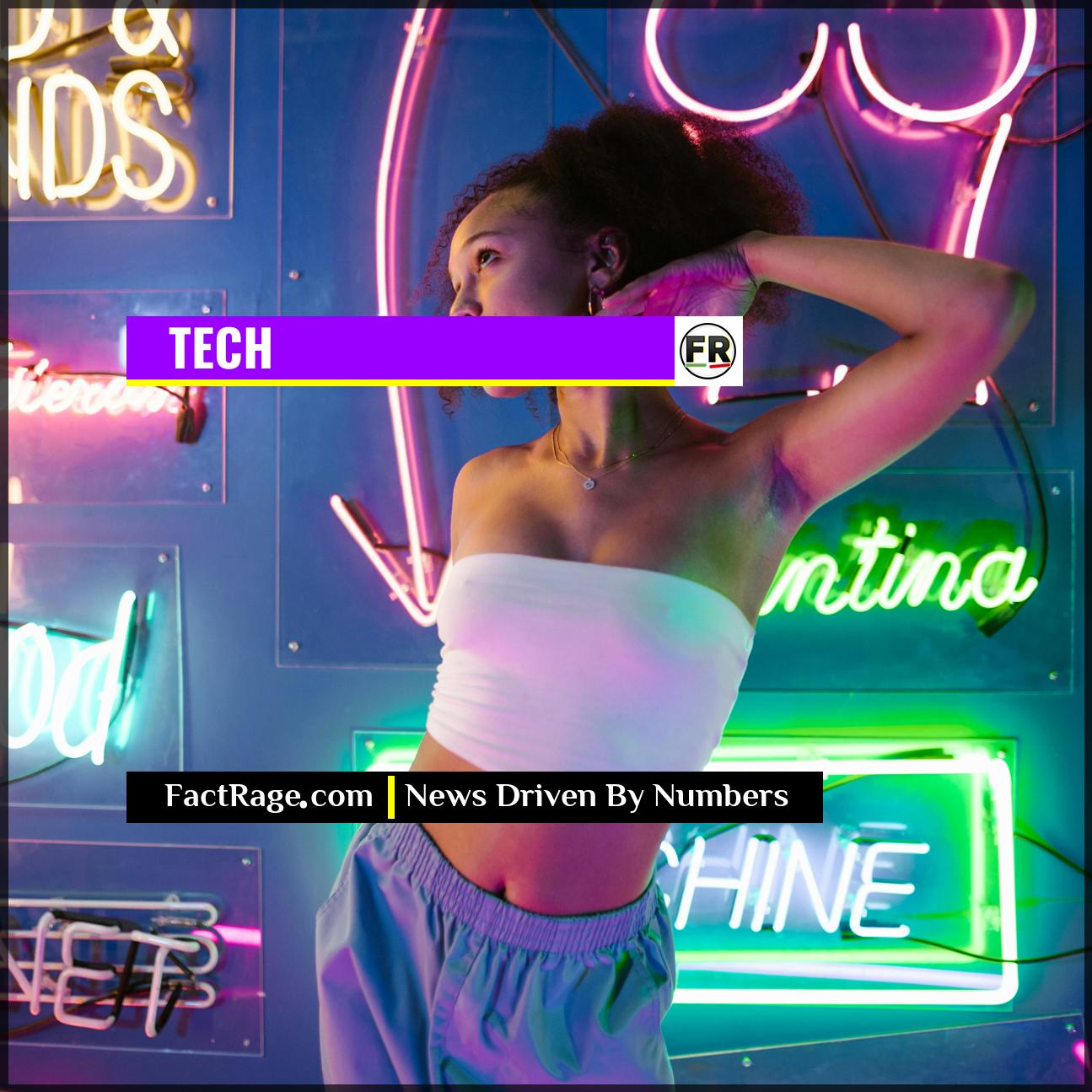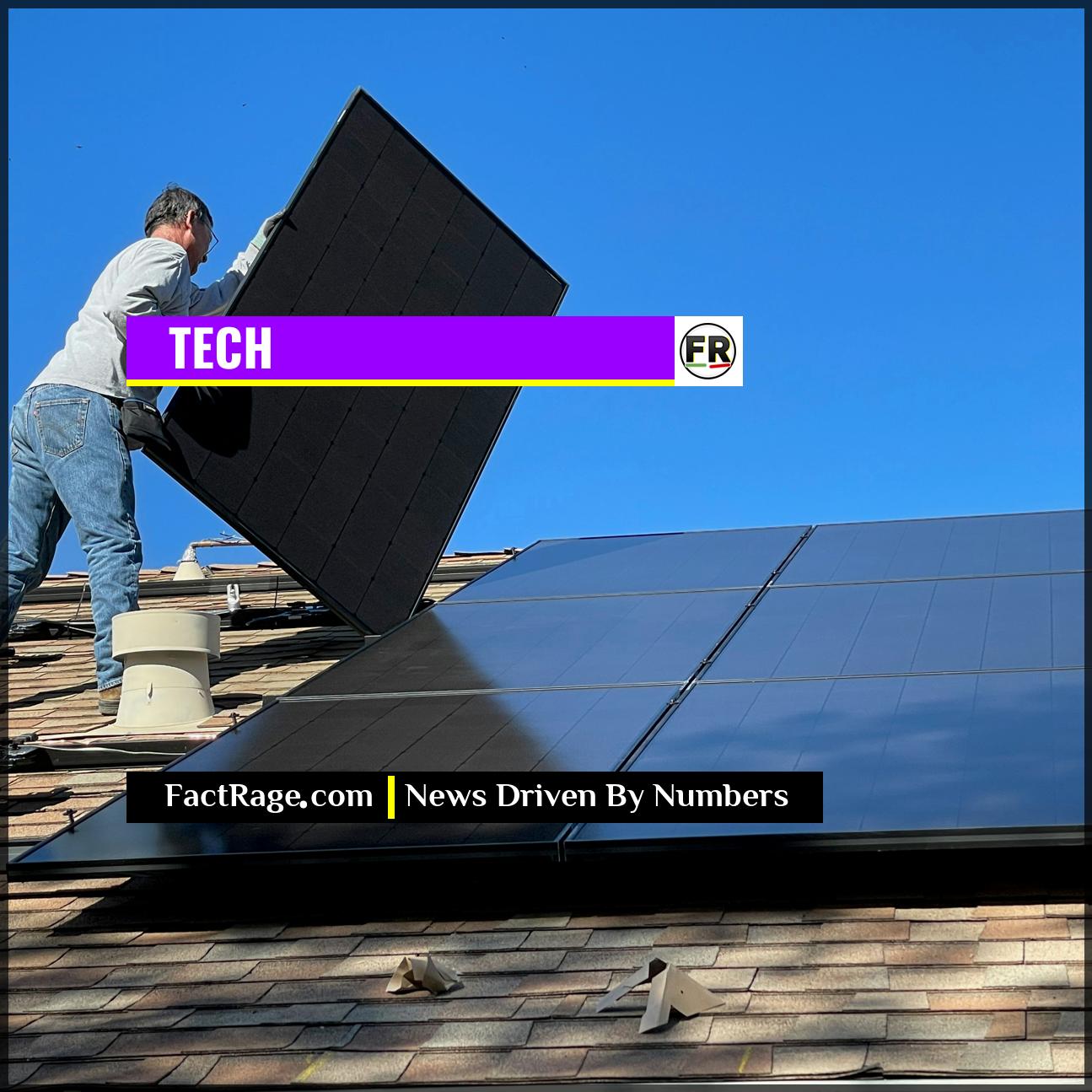HOLLYWOOD – More than two decades after it first locked a group of strangers in a house, the reality competition series ‘Big Brother’ continues to command significant cultural attention, with online searches and social media chatter already building for its 2025 season.
- A Durable Media Model – The show’s blend of broadcast episodes, 24/7 live feeds, and social media integration creates a multi-platform event that sustains audience engagement for an entire summer.
- Casting as a Cultural Mirror – Since implementing a 50% BIPOC casting mandate in 2020, the show’s social dynamics have evolved, often reflecting and sparking broader conversations about diversity and social strategy.
- Consistent Economic Value – As a relatively low-cost production that fills multiple primetime slots per week, ‘Big Brother’ provides consistent ratings for CBS and is a key driver of subscriptions for its parent company Paramount Global’s streaming service, Paramount+.
The enduring interest in the show raises a central question for the entertainment industry: In an era of fractured audiences and endless streaming options, how has the ‘Big Brother’ formula managed not just to survive, but to thrive?
Why We Still Can’t Look Away
![]() It’s easy to write off ‘Big Brother’ as a relic of reality TV’s early days, but that misses the point entirely. The show isn’t just surviving; it’s a masterclass in modern media engagement, blending old-school broadcast appeal with the 24/7 obsession of online fan culture. More than just a game, it has become a fascinating, and often revealing, annual snapshot of our social dynamics playing out in a high-pressure container. It’s a pop culture phenomenon that tells us as much about our society as it does about who wins the prize money.
It’s easy to write off ‘Big Brother’ as a relic of reality TV’s early days, but that misses the point entirely. The show isn’t just surviving; it’s a masterclass in modern media engagement, blending old-school broadcast appeal with the 24/7 obsession of online fan culture. More than just a game, it has become a fascinating, and often revealing, annual snapshot of our social dynamics playing out in a high-pressure container. It’s a pop culture phenomenon that tells us as much about our society as it does about who wins the prize money.
Read On…
We’re breaking down how the show’s unique formula—a fusion of live feeds, evolving casting strategy, and undeniable economic value—has made it an enduring pillar of the entertainment landscape.
How Live Feeds Created a 24/7 Fandom
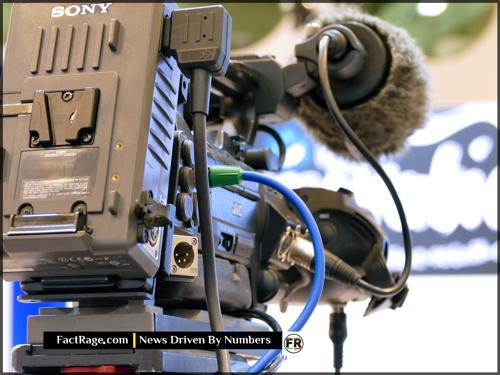
Unlike most reality shows that present a heavily edited, curated narrative once or twice a week, ‘Big Brother’ offers an almost unfiltered look into its world through 24/7 live feeds. This constant access, available via streaming on Paramount+, is the core of its unique appeal. It transforms passive viewing into an active, ongoing hobby for a dedicated-to-obsessive fanbase.
This structure means the “show” is always on. Viewers become amateur sleuths, tracking alliances, catching whispered conversations, and debating strategy on platforms like X (formerly Twitter) and Reddit in real-time. This dynamic ensures that ‘Big Brother’ dominates online discussion for its entire three-month run. What strategic move was missed by the TV edit? Which conversation will become the week’s biggest drama? The live feeds provide the answers, creating a level of investment that a weekly one-hour episode cannot match.
Why Casting Has Become the Main Event
For many years, ‘Big Brother’ casting followed a familiar reality TV template. However, a significant shift occurred in 2020 when CBS committed to making the casts of its unscripted shows at least 50% Black, Indigenous, and People of Color (BIPOC). This pledge has fundamentally altered the social experiment.
The move has led to more complex and representative social dynamics inside the house. Historic alliances, such as “The Cookout” in season 23—a dominant six-person alliance of Black houseguests who successfully navigated the game to crown the show’s first Black winner—became major cultural moments. The casting is no longer just about finding conflicting personalities; it’s about curating a microcosm of society and seeing how modern social politics play out under pressure. This has made the preseason cast reveal one of the most anticipated moments for fans.
What Makes the Show a Business Juggernaut
From a network perspective, ‘Big Brother’ is a remarkably efficient and valuable asset. Producing a season is significantly less expensive than funding a scripted drama, yet it fills up to three nights of primetime programming for an entire summer. Its performance, while not at the level of its early-2000s peak, remains a consistent ratings draw for CBS, especially in key advertising demographics.
The show’s value has only increased in the streaming era. For Paramount Global, ‘Big Brother’ is a powerful tool to drive and retain subscribers for Paramount+. The live feeds are a primary draw, and the platform houses the entire back catalog of the series, encouraging binge-watching. This dual role—as a reliable broadcast performer and a streaming service anchor—makes ‘Big Brother’ an indispensable part of Paramount’s content strategy and helps explain why, even after more than 25 seasons, the cameras are still rolling.
The Enduring Blueprint of Reality TV
![]() Ultimately, ‘Big Brother’ thrives because it has evolved from a simple television program into a sprawling, multi-platform cultural event. It masterfully fuses the economics of traditional broadcast with the 24/7 engagement of digital media, creating a powerful feedback loop of content and commentary. As the entertainment world continues to search for ways to capture and hold a fractured audience’s attention, this decades-old format remains a surprisingly modern and highly instructive case study in building a durable, interactive, and profitable media ecosystem.
Ultimately, ‘Big Brother’ thrives because it has evolved from a simple television program into a sprawling, multi-platform cultural event. It masterfully fuses the economics of traditional broadcast with the 24/7 engagement of digital media, creating a powerful feedback loop of content and commentary. As the entertainment world continues to search for ways to capture and hold a fractured audience’s attention, this decades-old format remains a surprisingly modern and highly instructive case study in building a durable, interactive, and profitable media ecosystem.








